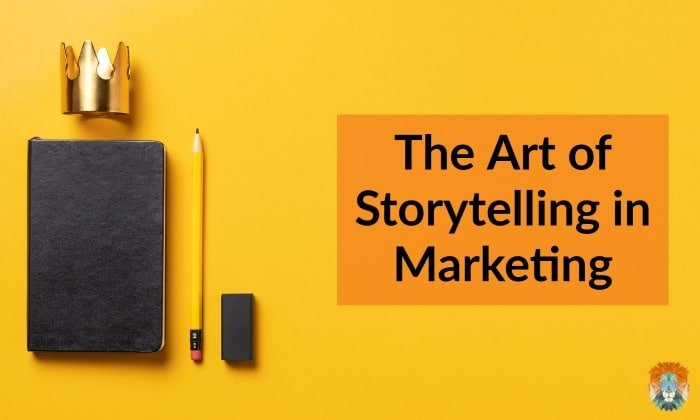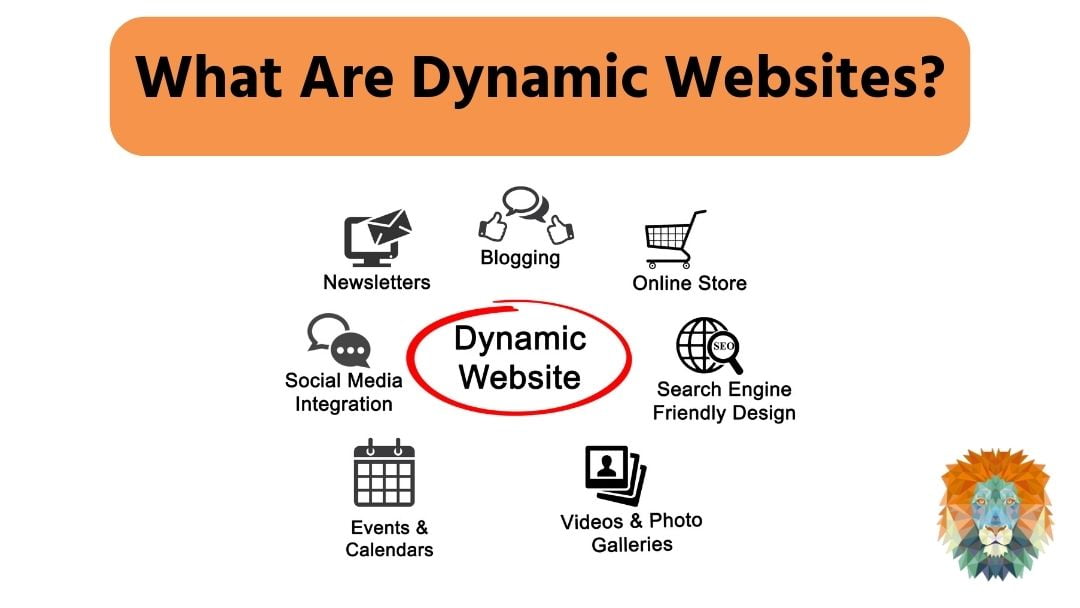Do you remember when you were about six? It’s bedtime, and you’re tucked under the covers with your favourite cuddly toy, and your mum is reading your favourite story as you drift off to sleep. Those simple stories often stay with us through to adulthood, and when we read them to our own children, we get that warm, fuzzy feeling all over again.
Stories are one of the single most enduring parts of human culture, so it’s not really a surprise that the world of marketing has found a way to tap into that power. In modern content marketing, storytelling is lesson 1, and most other elements branch off from the basic core of a good story. But what does storytelling look like in business, and what is it that makes stories so powerful?
Why do we Crave Stories?
One of the big reasons storytelling is such an important part of marketing is actually biological. Our brains are hard-wired to respond to and crave stories. From the earliest days of humanity when we gathered around fires to tell tales that kept the darkness at bay, to modern times gathered around the television, film screen or around a good book. We all seek out stories in one form or another, and we tell them to ourselves every day. Our brains make us seek out and create stories.
Scans of our brains have proven time and time again that our brains are more engaged by stories than by lists of cold, hard facts. This is because when we’re reading facts, the only part of our brains activated are the language areas—the parts that help us decode and understand the words. But with stories, our brains light up with activity. Along with the linguistic centres, stories activate up to eight other areas of the brain, including:
- The auditory cortex (where sound is processed)
- The olfactory senses (smell and taste)
- The primary visual cortex (where images are processed)
- Wernicke’s area (responsible for comprehension of speech)
- Angular gyrus (comprehension and transfer of visual information to Wernicke’s area)
- Primary motor cortex (motor function and generating neural impulses responsible for movement)
- Broca’s area (speech production)
- Arcuate fasciculus (connects informational and creative elements of the brain)
With so much of our brain lighting up our brains, it’s no wonder we connect with them on such a deep level. Another big reason we crave stories is that both telling and hearing stories increases the levels of Oxytocin in the body—the hormone that promotes feelings of love, bonding and wellbeing. All of which are positive feelings you want your customers to feel about your business!
Why Utilise Storytelling in Marketing?
Once you see the impact stories have on our brains, it’s not surprising to discover that marketing professionals love stories too. More specifically, they love story-driven marketing, and if you can harness that power, you’re more likely to convert prospects into sales. In fact, studies show storytelling doesn’t just make your brand more human, but it will make your brand up to 22 times more memorable than it would be if you just listed facts. Telling your customers a story about a person just like them, who has been helped by your hero protagonist brand, can help build that connection that turns into sales. Just ask John Lewis why their Christmas adverts are so successful.
Chef Dave Park, Executive Chef and owner of Chicago-based Korean restaurant Hanbun, explained why storytelling is so important to marketing in the food and drink industry:
“I think pretty much any cook who cares will tell you that finding the best ingredients and highlighting them—with respect—in a dish, is the best we as cooks can do. This dedication is extremely important. That, to me, is a form of ingredient storytelling—to show our guests where the ingredients came from, how it got on their plates, and why I wanted to cook and serve it.”
In other words, storytelling is what links your brand with a feeling or an idea, and showcases the authenticity behind your brand. And you can use that link to subtly position yourself above your competition, by making yourself the maverick champion of the customer’s values within the story.
A few of the other reasons storytelling is an absolute essential in today’s marketing world, include that it:
- Builds a deeper, stronger and more authentic connection with your audience.
- Adds a human element to your brand, which in turn deepens that connection.
- Creates trust in your brand.
- Allows you to engage with customers on a personal level.
- Binds your content and your marketing together, keeping everything consistent.
- Gives you a significant advantage over your competition (again, ask John Lewis).
So if you want to stand up and ROAR louder than your competition, get your brand voice heard and really make your business sing, you’ve got to engage in storytelling wherever you can.
So What Makes A Great Story?
By definition, a story is ‘an account of imaginary or real people and events, told for entertainment’, and storytelling is simply the way you share a message that connects with other people in the form of a story. The core elements of storytelling in marketing include:
- A protagonist (usually your business)
- A number of other characters
- A central plot
- Some conflicts or obstacles
- A theme (one idea that recurs throughout)
- A narrative arc
Essentially, all the elements of a fairy tale! A good story will have all of these elements, be easy to understand, touch on a real emotion the audience is feeling, and either teach a lesson or deliver value. But great storytelling goes beyond that, so here are our top tips for crafting story-driven marketing content.
Relatable Character: Without a main character, you don’t have a story. But they need to be relatable for your customer, and make it easy for them to understand your story. They should be well-defined, share characteristics with your target market, and attractive to your audience. Remember, your whole story is going to revolve around them so take the time to really flesh them out.
Best Foot First: In marketing, saving the best until last is a fast way to lose sales. Make sure your big hooks are in the beginning, so you can use them to pique the interest of your readers, viewers or listeners. Keep titles short and snappy, and go in with a big moment as soon as you can.
Create Conflict: Nobody likes conflict in the real world, but in stories, we love it. Conflict keeps your audience engaged, so you need to manufacture some. Ask yourself what’s standing in your characters way, and how can your brand protagonist help resolve it?
Keep it Authentic: Authenticity is the fastest way to connect with another person, so whenever you’re crafting a story, try to keep it genuine and authentic as possible. That doesn’t mean you can’t indulge in fantasy—just don’t copy other people’s ideas or try to pretend you can deliver things you can’t. Stay true to your brand, and you’ll connect with your audience even if you take them to the moon and back in your stories.
If you want some more in-depth tips to take your storytelling from OK to ROARsome, check out this blog post.
At Lion Spirit Media and our sister brand, Roaring Content, we love empowering brands to share their stories with the world, and use them to attract and retain their ideal clients. We know it can be difficult to stand up and say who we are and why we’re saying it, but if you want to make those deep, authentic connections that lead to ongoing custom, then you need to start somewhere.
With our help you can really dig deep, turn your story into dazzling content marketing, and really find your roar! If you would like to know more, all you have to do is get in touch with the team today.




0 Comments